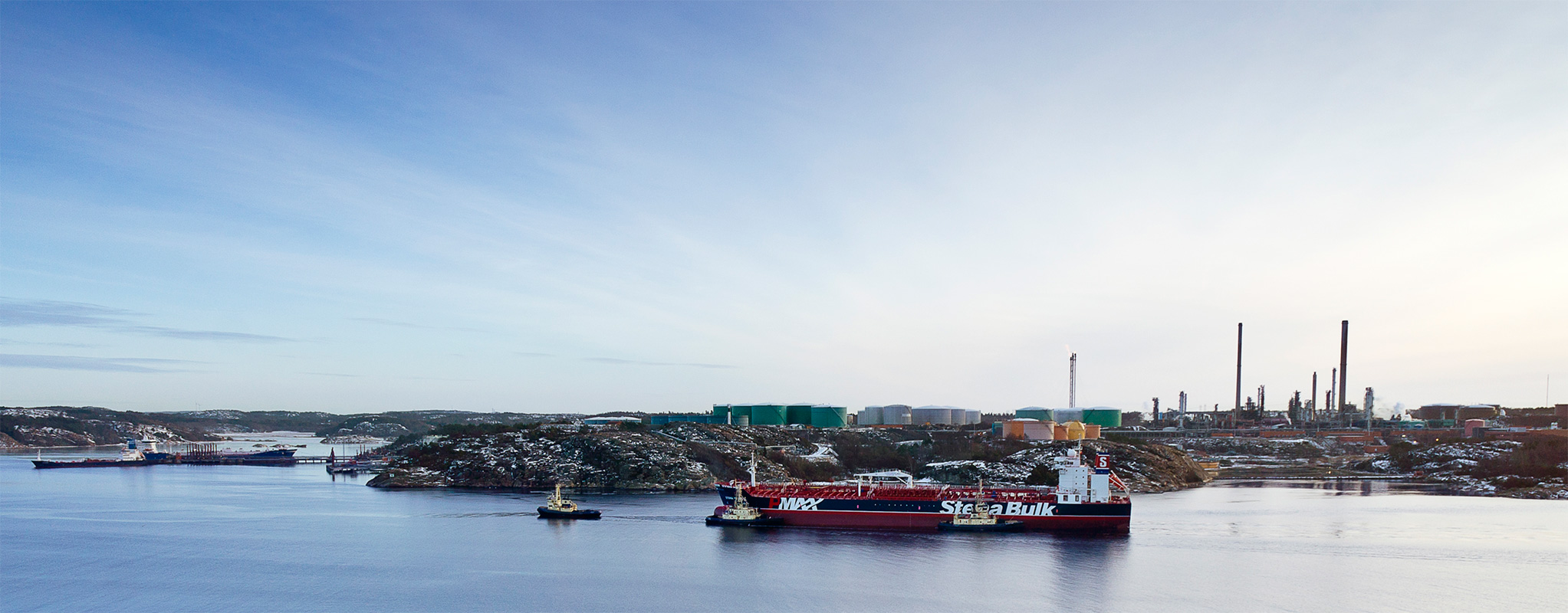Coronavirus, warm weather and lifted sanctions…
In recent days, the tanker market has undergone a strikingly evident decline. In just a few days, the rates in the VLCC segment have moved from $40/50,000 to $15/20,000 per day. Product tanker rates are basically following the same pattern, but are not as volatile and are at lower levels – i.e. from $20/25,000 to around $15,000 per day.
The decline is largely a direct consequence of the Coronavirus that is ravaging China in particular. The rapid spread of the virus has resulted in sharply reduced flows of goods and people – which in turn has affected demand for both oil and tanker transport. Imports of oil alone to China have fallen by about 20 percent in the last week.
In addition to the virus and its effects (both actual and psychological), the unusually warm weather for the season, particularly in northern Europe, is also contributing to the decline. Specifically in the VLCC segment, the market is also affected to some extent by the fact that the US has now lifted its sanctions against the Chinese shipping company Cosco Dalian’s tankers. The vessels make up just over 3 percent of the total global VLCC fleet, which means that the supply side is now increasing slightly.
Developments over the last week are a clear sign of how quickly conditions can fluctuate in the oil and tanker markets. In December, the VLCC market stood at $100,000 per day, then just over a week ago (the same day we published the 2019 year-end report) it was about $40,000 per day – and today, Monday 10 February, it is $15/20,000 per day. We often return to the fact that the tanker market is volatile in nature. The current developments are a clear example of how unpredictable events can quickly change the conditions.
We now hope that the spread of the Coronavirus can be contained, thereby reducing the effects – both health and economic.
Without taking into account the effects of the Coronavirus, we see structurally continued good demand for oil and record low net growth in the global fleet. And as far as oil stocks are concerned, they are still around the 5-year average. All in all, this provides good incentives for stable demand for transport.
Gothenburg, February
Kim Ullman
CEO

